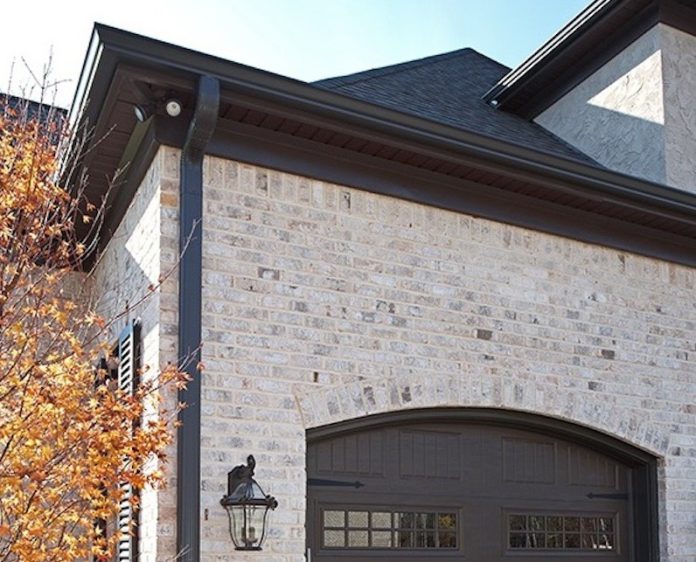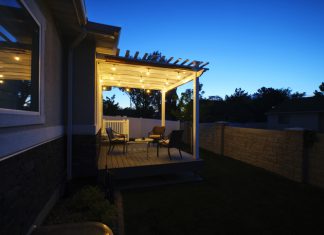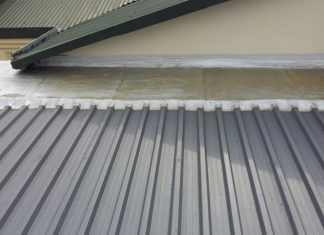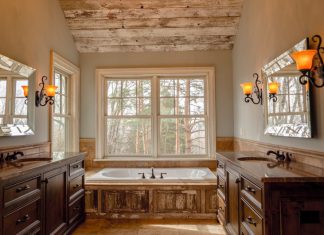Traditional brick homes are among the most popular types of buildings. Homeowners like the rustic charm of homes built with bricks and the warmth and coziness that naturally come with it. Brick construction makes for a sturdy foundation, while the moisture and natural moisture balance the air in a traditional wood-frame home, which will give you compromised indoor air quality. Typically, homeowners choose between two very popular materials, one being and the other being Stucco. Stucco has many benefits in itself, including a simplistic installation process that can be assisted by stucco contractors and an aesthetically pleasing and contemporary appearance. Brick construction is more common than you think, and it’s not always hard to tell the difference between it and its less common cousin, Stucco. But there are differences you need to know about before making your decision.
Read on to find out which material is best for your home.
What is Brick Construction?
Brick construction is the most popular construction material in the world. It’s easy to work with and comes in tons of different sizes and types, allowing builders to create almost any home. It’s also incredibly durable, lasting well beyond its years. The downside is that brick construction requires more work and effort, usually because of its heavier nature. But if you’re willing to accept the extra effort, brick construction has several benefits.
What is Stucco Construction?
Stucco is a popular option for residential walls around Europe and North America. It’s cheaper to build than brick because it doesn’t require brick-specific concrete, making it cheaper to transport and less expensive to lay. Stucco is also more fire-resistant than brick, which makes it a good choice for homes in areas with high fire danger. However, its primary advantage is its ability to be painted, making it easier to update your home with different colours and design elements.
Bricks and Brick Pattern
In general, brick walls are wider and higher than those made with other materials, making them better at handling large loads. As a result, brick construction is more popular in areas with heavy population growth, such as cities and suburbs. The brick pattern used in residential walls is usually standardized so that all homes have the same design elements-the wails, the vents, the vent pipes, and so on-to make construction easier. While there are many types of brick patterns, the most common are three-sided and four-sided. A three-sided design is typically square with rounded edges, while a four-sided pattern features straight sides. Other common wall materials include cinder block, Stucco, and insulated panel wall.
How Brick Construction Works
To build a brick home, workers use traditional tools, including pickaxes, shovels, and spades, to break up the earth and build walls. Some workers even bring the earth back to a pile and throw it back in with the spade to make the wall. After the earth is broken, workers use a variety of machines to stamp out the bricks. The brick saw is the most popular machine used for brick construction, which uses vibrations from the work platform to slice through the dirt. Beyond the saw, workers usually use iron hammers to pound the bricks together. While the saw is pretty slow, the brick hammer is one of the most efficient tools for building a brick wall.
Stucco Construction and its Pros and Cons
On the surface, Stucco may seem like a better choice for your home than brick. After all, Stucco is warmer and clings more closely to the walls than brick, right? Not so fast. First, a word about terminology. While both Stucco and brick are often called “stucco walls,” there’s a big difference between the two. Stucco walls are made from a material that’s basically Stucco mixed with other materials, such as sand, cement, sugar, or sodium bicarbonate. Stucco walls are ductile, which means the wind can move them, but they don’t structure well. The good news is that stucco walls are relatively easy to work with, which is one of the advantages of a material that’s easy to transport and work with. But the bad news is that because it’s lightweight, it’s less durable than dense concrete. Although, finding stucco contractors in your area to assist you with the installation is easy to do.
The final deciding factor in which type of house is better is the style. If you like the look of classic stucco homes, then you’ll probably like the look of a traditional brick home as well. But if you’re drawn toward modern and unique designs, there’s no reason not to try out the different styles available. After that, a decision is made based on appearance, and you’ll need to decide which version will work best for your home.















